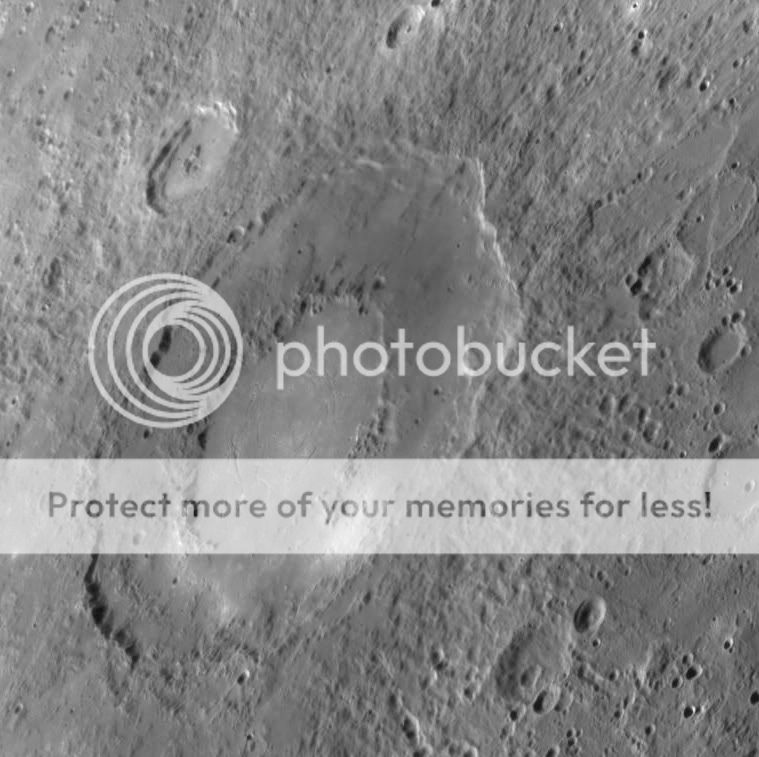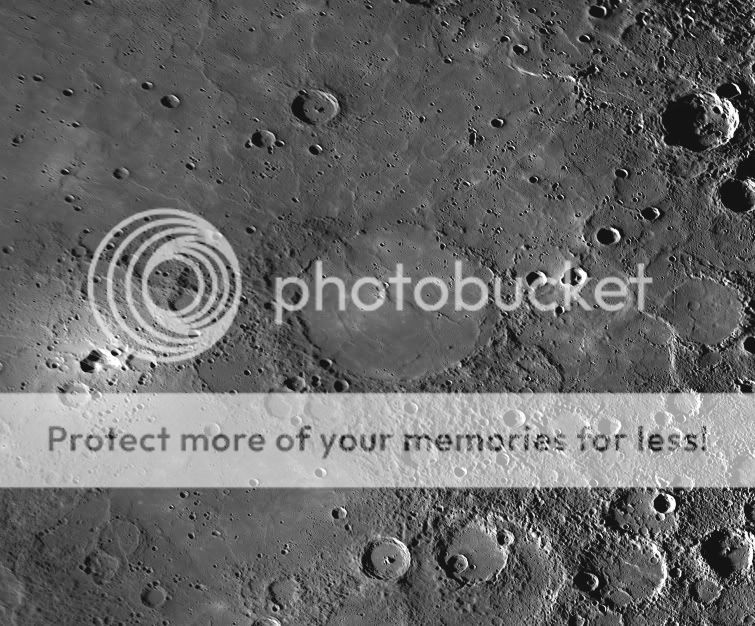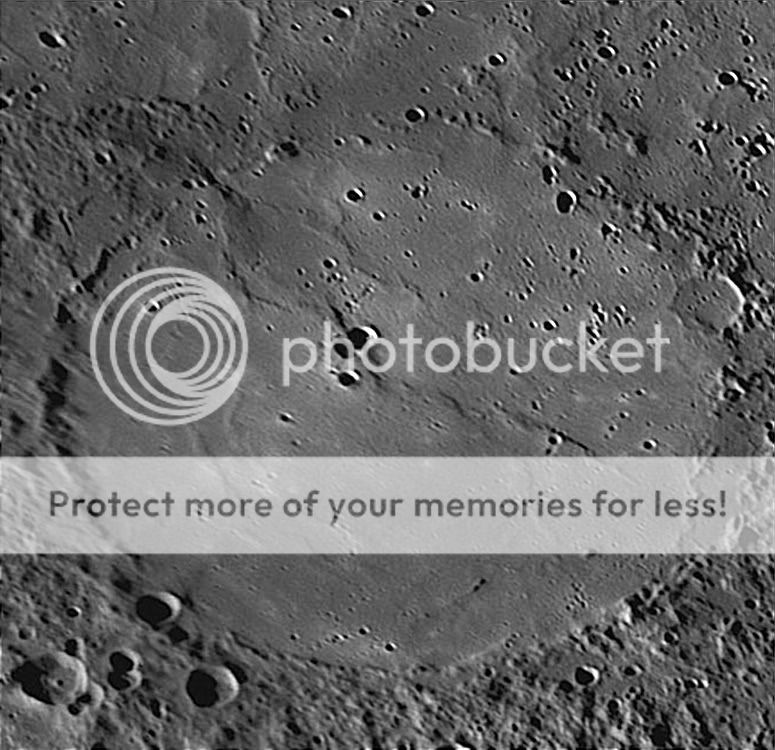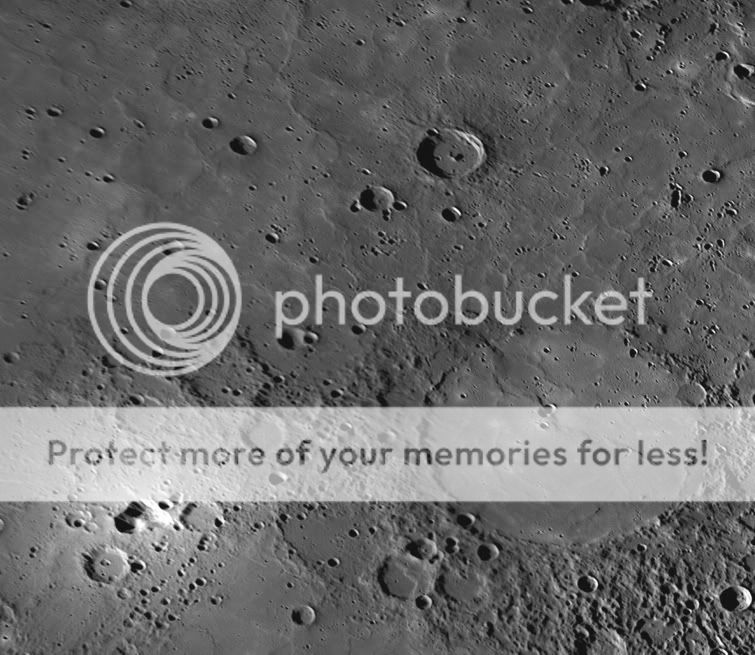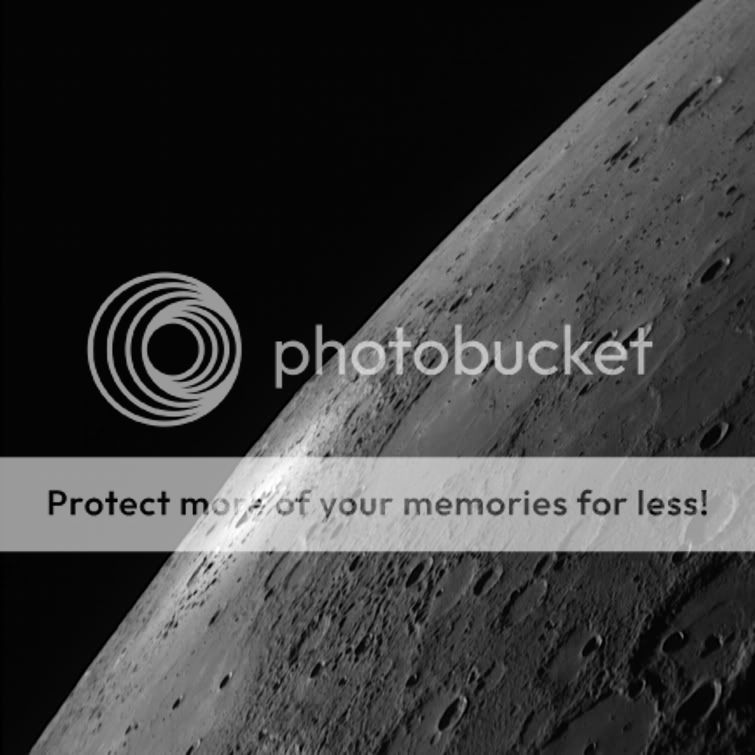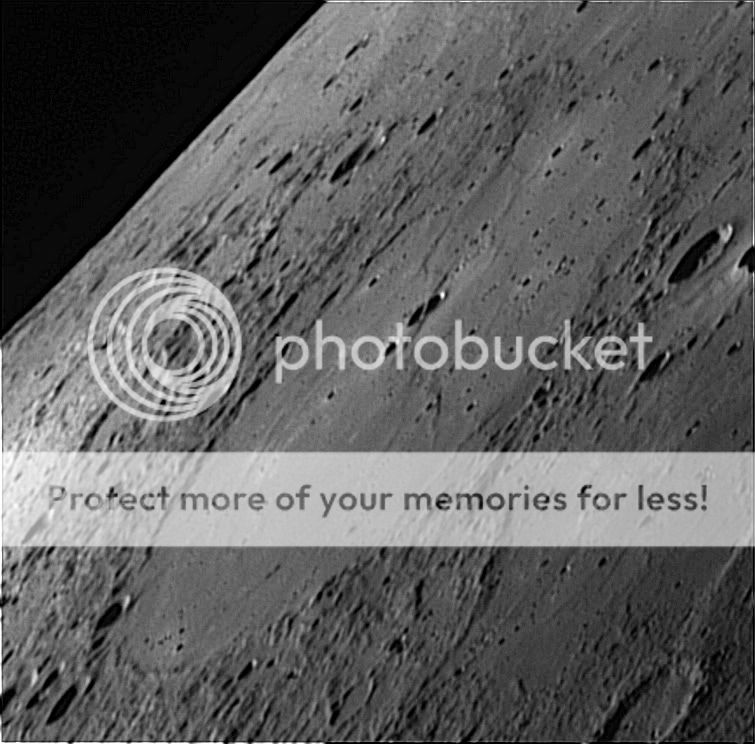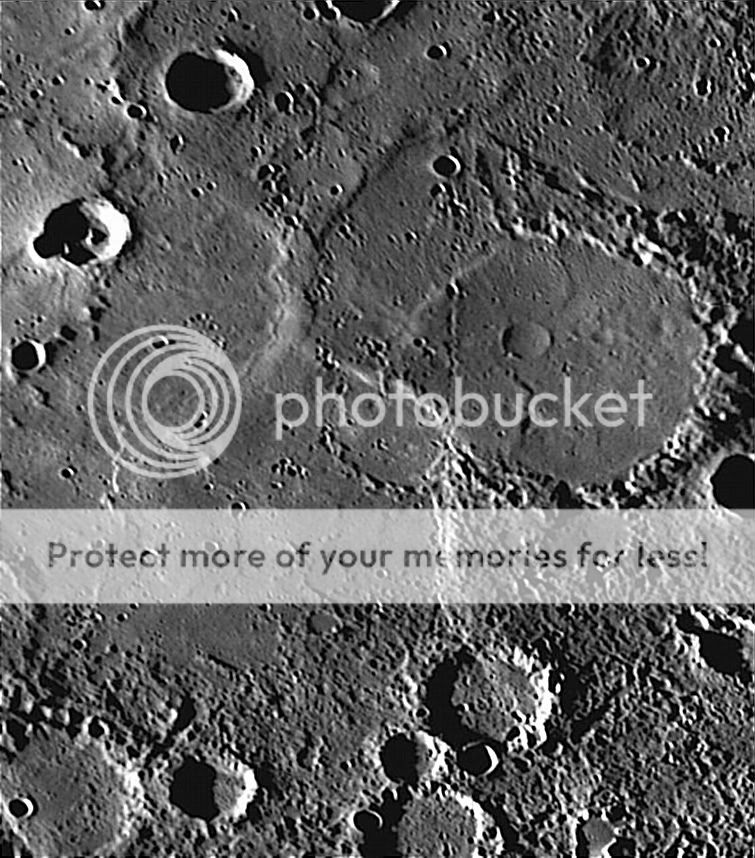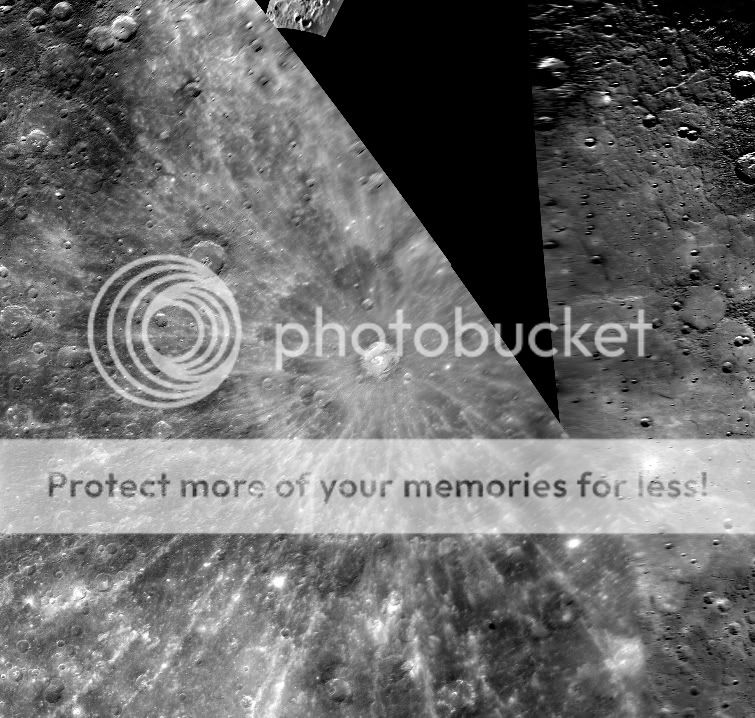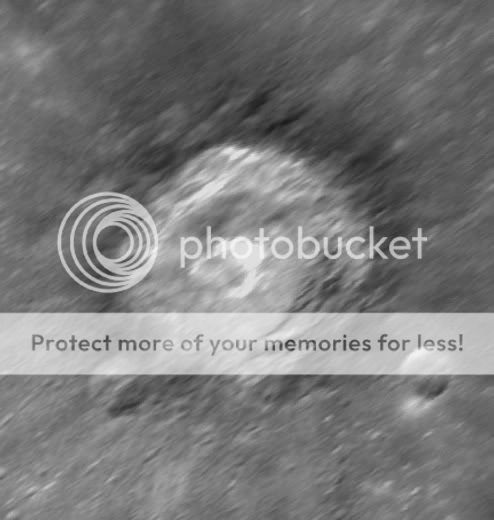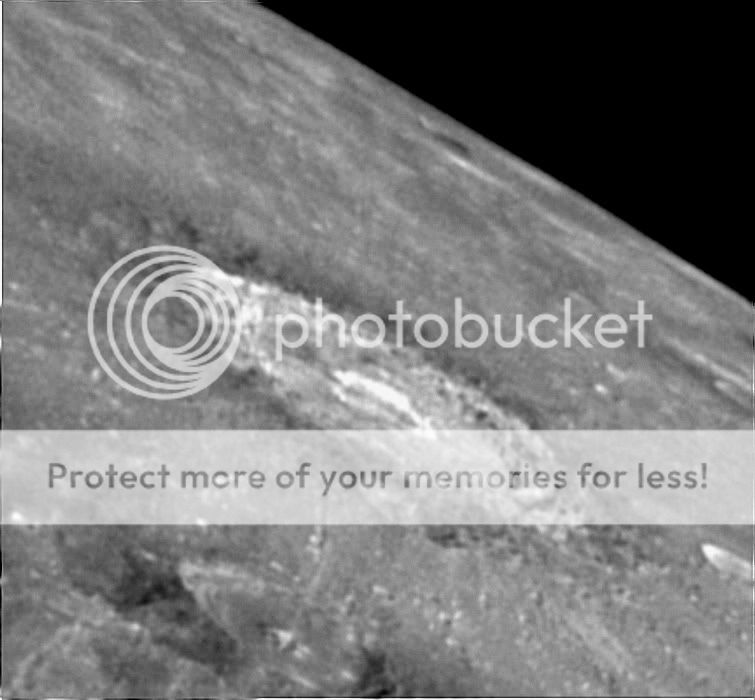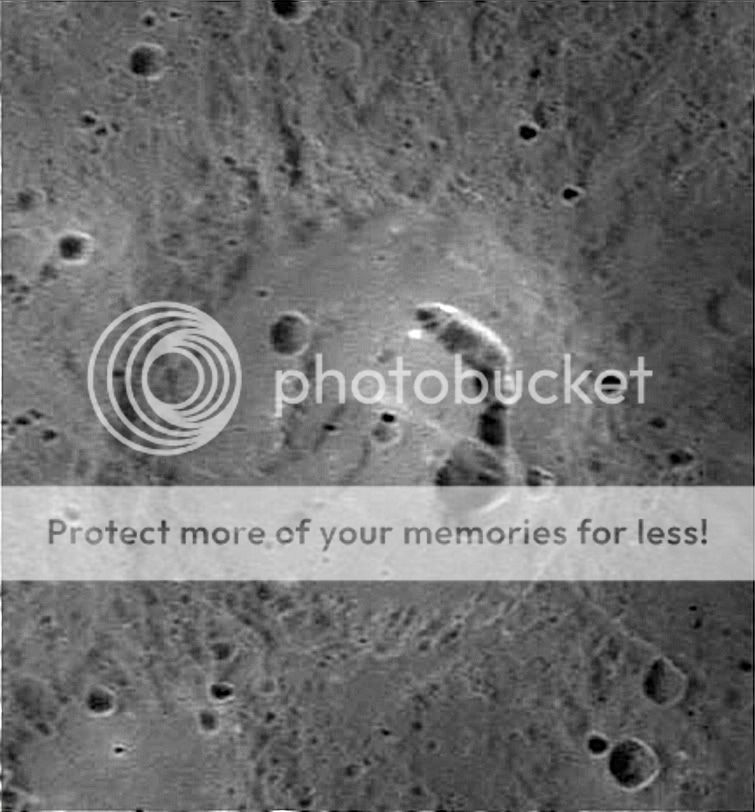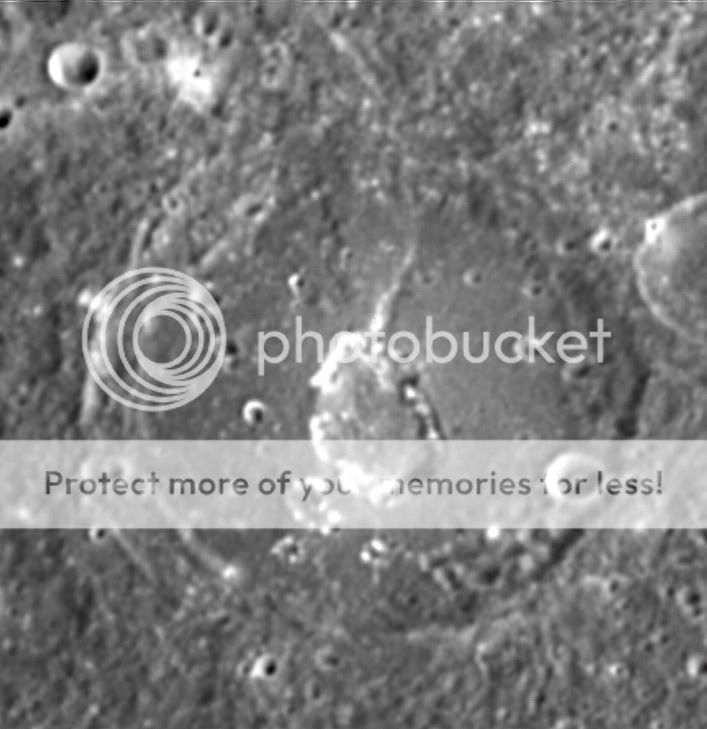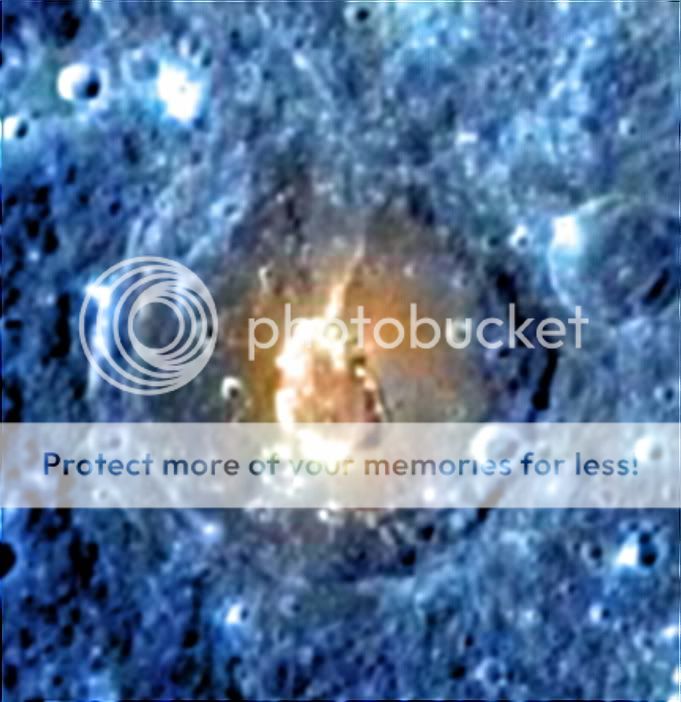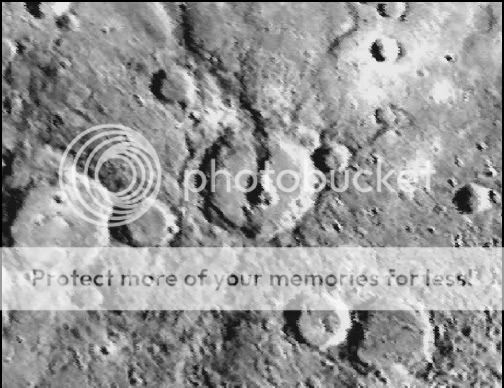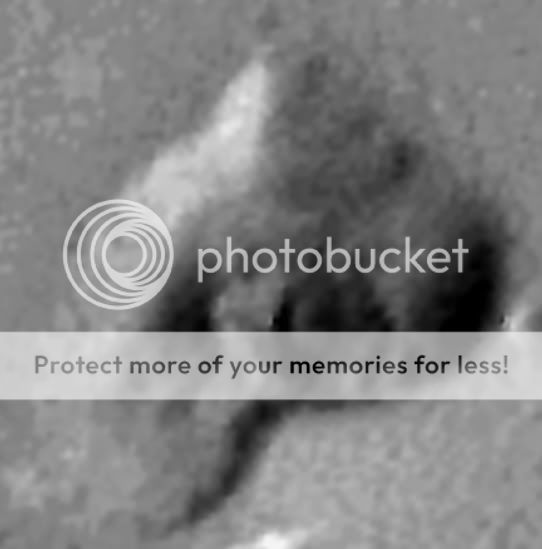Hi kg,
Great question.
It is general concensus that the pit floored craters on Mercury are formed when magma is withdrawn from a magma chamber and the surface above collapses. Magma can refill that chamber later causing further eruptions, so there may be small cones in the pit???
Geddes Crater is certainly a type of the above, but the crater itself certainly looks like an impact crater, that may have formed on a thinner region of crust, i.e the impacter struck a location with an underground magma chamber.
That seems to fit Geddes Crater, the crater being 80 KM wide with a pit approx 30 KM wide. Geddes Crater has terracing similar to Copernicus Crater on the Moon as well as other impact craters seen elsewhere on Mercury, Moon, Mars & the moons of the outer planets.
One clue may be the fact Antoniadi Dorsum a rupes runs through Geddes Crater, these rupes, some with cliffs approaching 2,000 metres in height are thought to have formed when the core of Mercury cooled a little & started to shrink, causing cracks in the crust. Perhaps a link there too???
Fortunately Geddes Crater is at 27 degrees North, where MESSENGER will be closing in on periherm (periherm @ 200 KM will be at 60 degrees north, apoherm @ 15,200 KM at 60 degrees south). I will put in a request that Geedes Crater gets the maximum resolution coverage possible.
The ESA BepiColombo MPO (Mercury Planetary Orbiter, JAXA are providing a Mercury Magnetospheric Orbiter) to follow MESSENGER, MPO will orbit Mercury in a much tighter 400 KM by 1,400 KM orbit with periherm & apoherm over the equator.
Countdown to Orbital Insertion around Mercury.
256 Days.
08 Hours.
11 Minutes.
45 Seconds.
Andrew Brown.






